Robin Bean described Films and Filming as a magazine for “gay men in the closet” who could ogle semi-naked stars on public transport without anyone thinking they were queer.
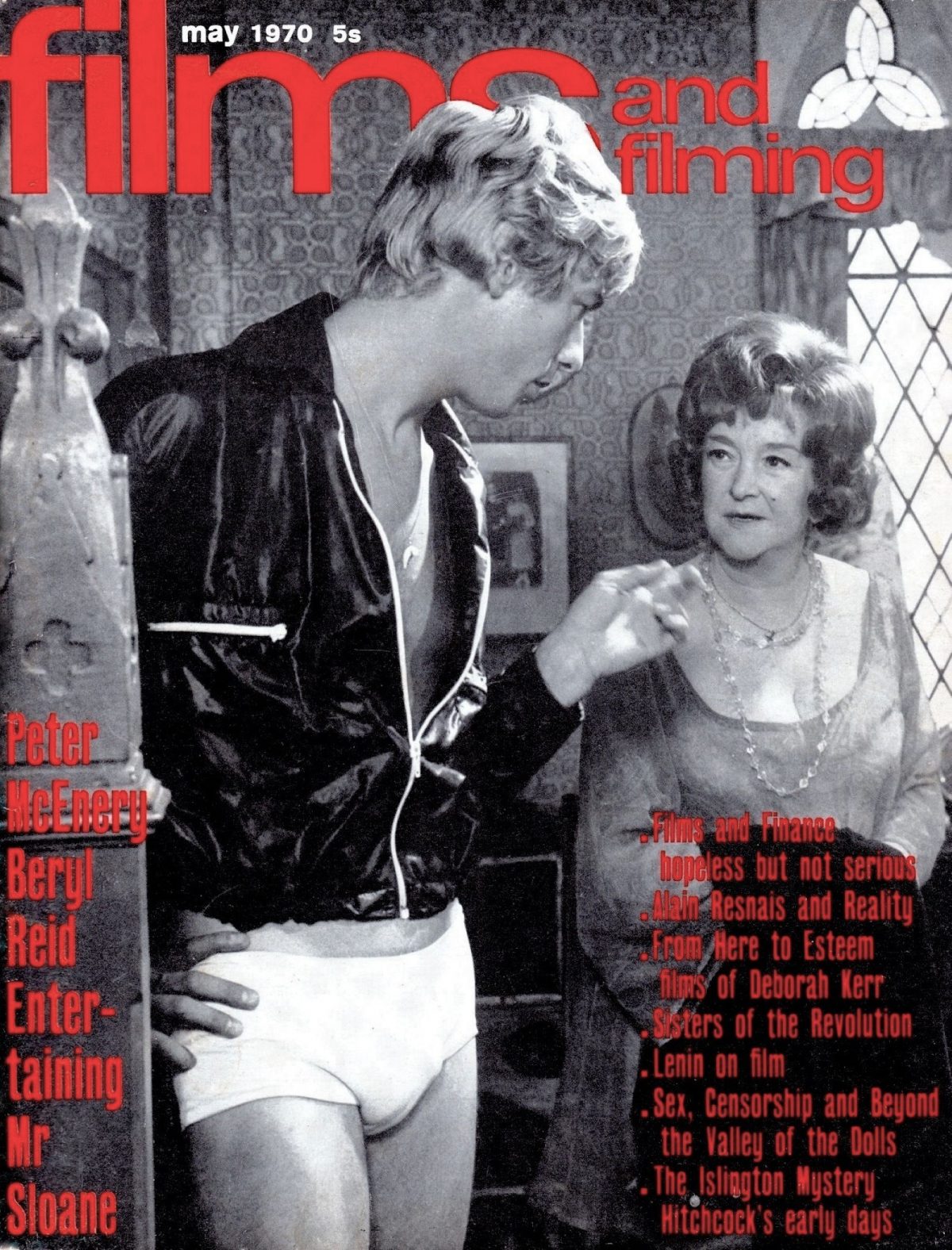
Films and Filming was published in the UK between October 1953 to March 1990. It was a special interest magazine for film-lovers who thought “Picturegoer unsatisfying and Sight and Sound unintelligible.” Founded by publisher Philip Dosse Films and Filming was a stablemate to his other mags like Books and Bookmen, Dance and Dancers, Plays and Players, Art and Artists, and alike. Films and Filming was for a time the best and most subversive film magazine around. More so as Dosse had an agenda in promoting difficult and controversial subject matter, in particular, homosexuality which was until 1967 a criminal offence in Britain punishable by imprisonment or chemical castration.
Films and Filming or rather F&F’s first editor was Peter Brinson, a smart young man who made no attempt to disguise his sexuality. He successfully edited the magazine to woo the gay market by including pictures of beefcake actors and personal ads for young gay men to hook-up. Under the editorship of the magazine’s second editor, Peter Baker, F&F moved from just a coded gay film zine to a thoughtful, glossy and well-written magazine which quickly became a must-read of every serious cinephile. This continued under the Robin Bean who became the magazine’s third and most successful editor. Bean allowed free rein over the written content while he focussed more on the photographs which hooked the buyer. As one contributor described Bean’s policy:
Having Alain Delon [in Plein Soleil] on the cover with his shirt off was said to have produced an increase in sales, and having Charlton Heston taking his pants off [in Big Country] sent them soaring.
Bean described Films and Filming as a magazine for “gay men in the closet” who could ogle semi-naked stars on public transport without anyone thinking they were queer.
Well, my’lud, I can assure the jury, ahem, that was not my reason for buying intermittent copies of this fine organ. I bought copies on the basis of whether there was an article, feature, or photospread on one of my four Apostles of Cinema: Ken Russell, John Boorman, Lindsay Anderson, or Federico Fellini. This fab four were later joined by Stanley Kubrick, John Carpenter, Nic Roeg, and Derek Jarman. All of whom appeared regularly within the pages of F&F.
The seventies was a Golden Age for movies which was well-reflected by magazines like Films and Filming. As the eighties arrived, the quality of films changed. Art and ideas were replaced by action heroes, explosions, frat boy comedies, and (shudder…) CGI. Similarly the quality of writing changed at F&F which lost the magazine’s cinéastes. While the rise of gay porn mags and easy hook-ups made the magazine’s personal ads and titillating iconic covers of a Malcolm McDowell bending over, a topless Charlotte Rampling, a muscular Peter Hinwood, or even two naked men embracing a tad lame when compared to the contents of Drummer or Blueboy. Yet, Films and Filming offered quality content for most of its run and for this alone it is still missed.
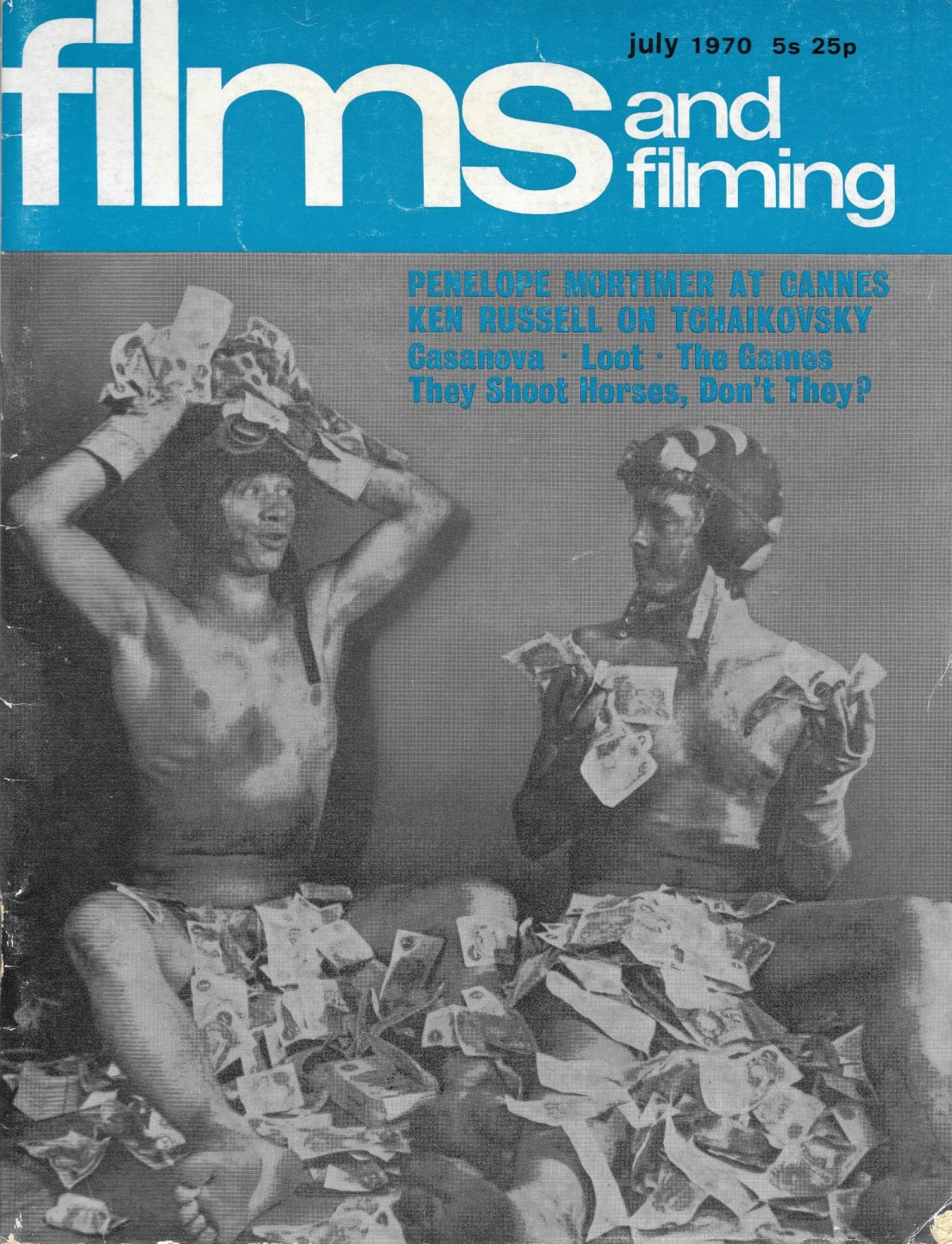
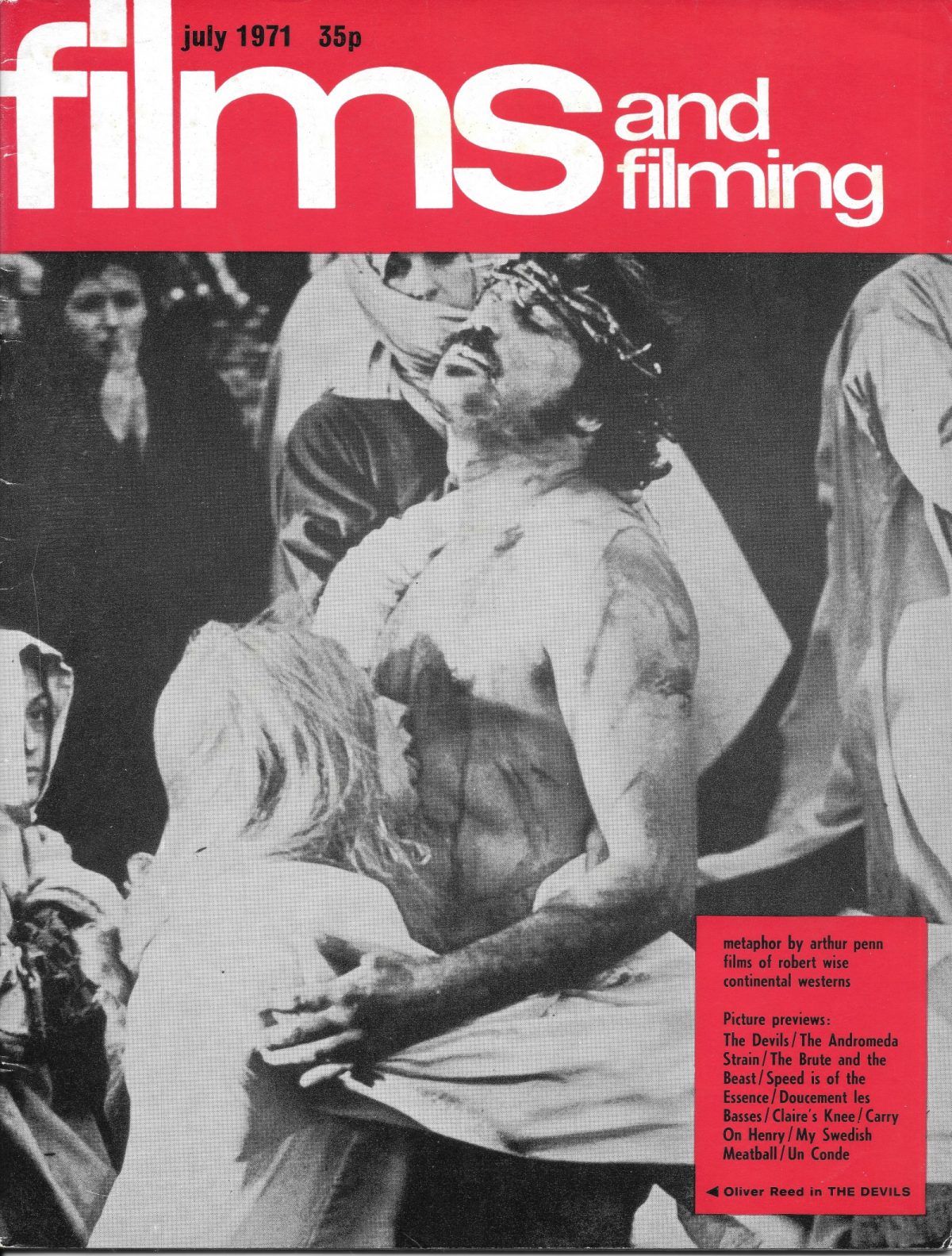
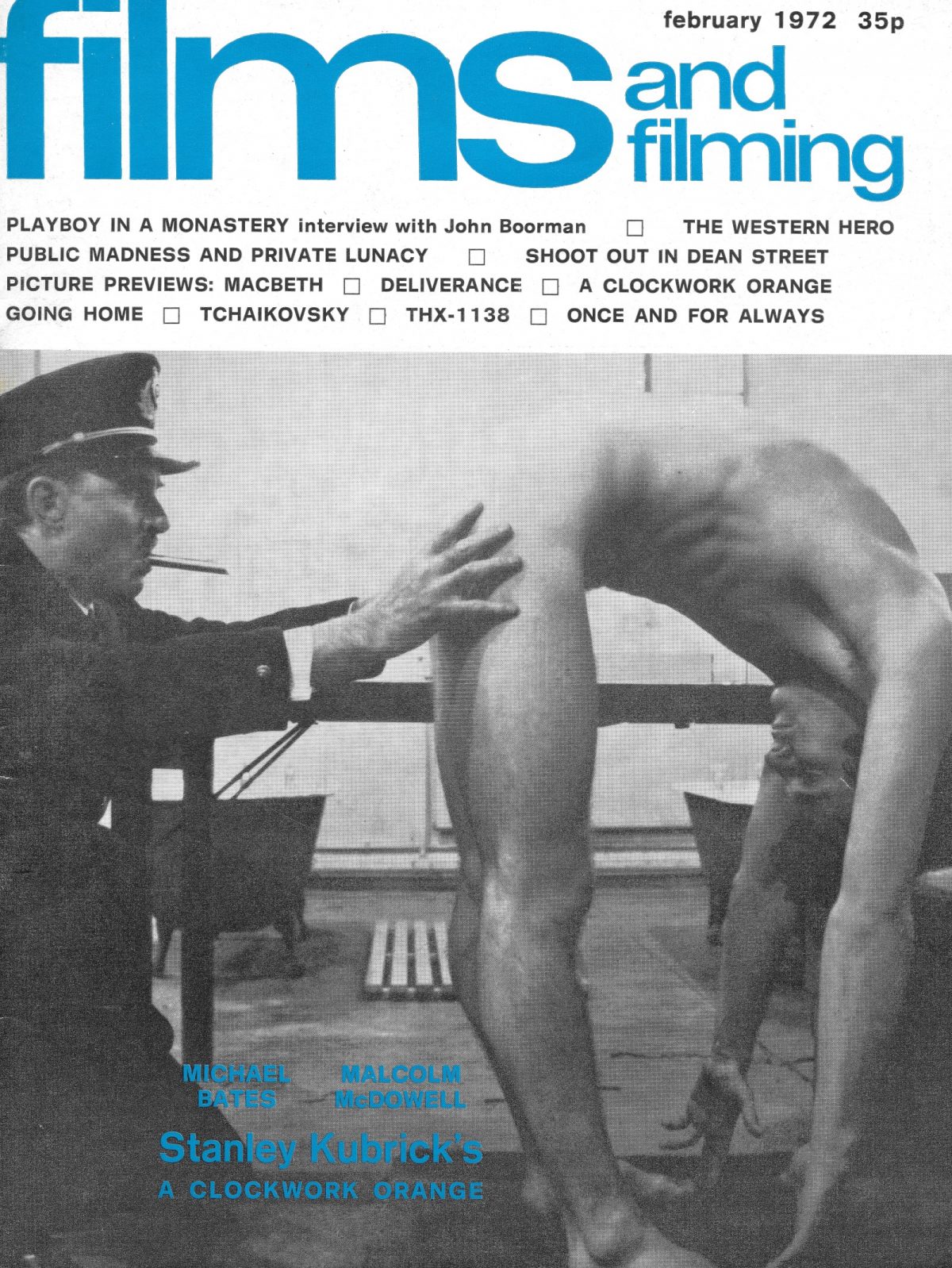
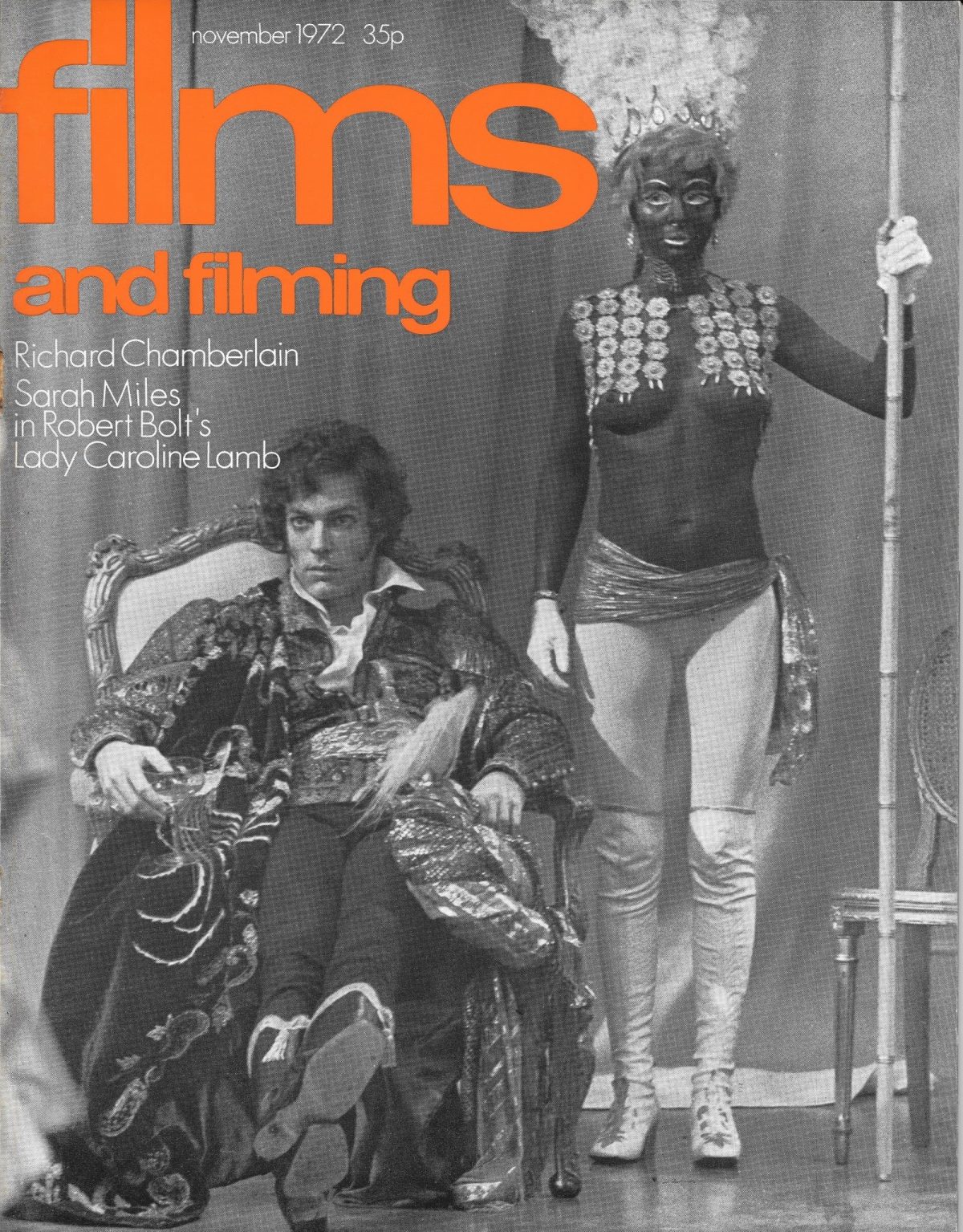
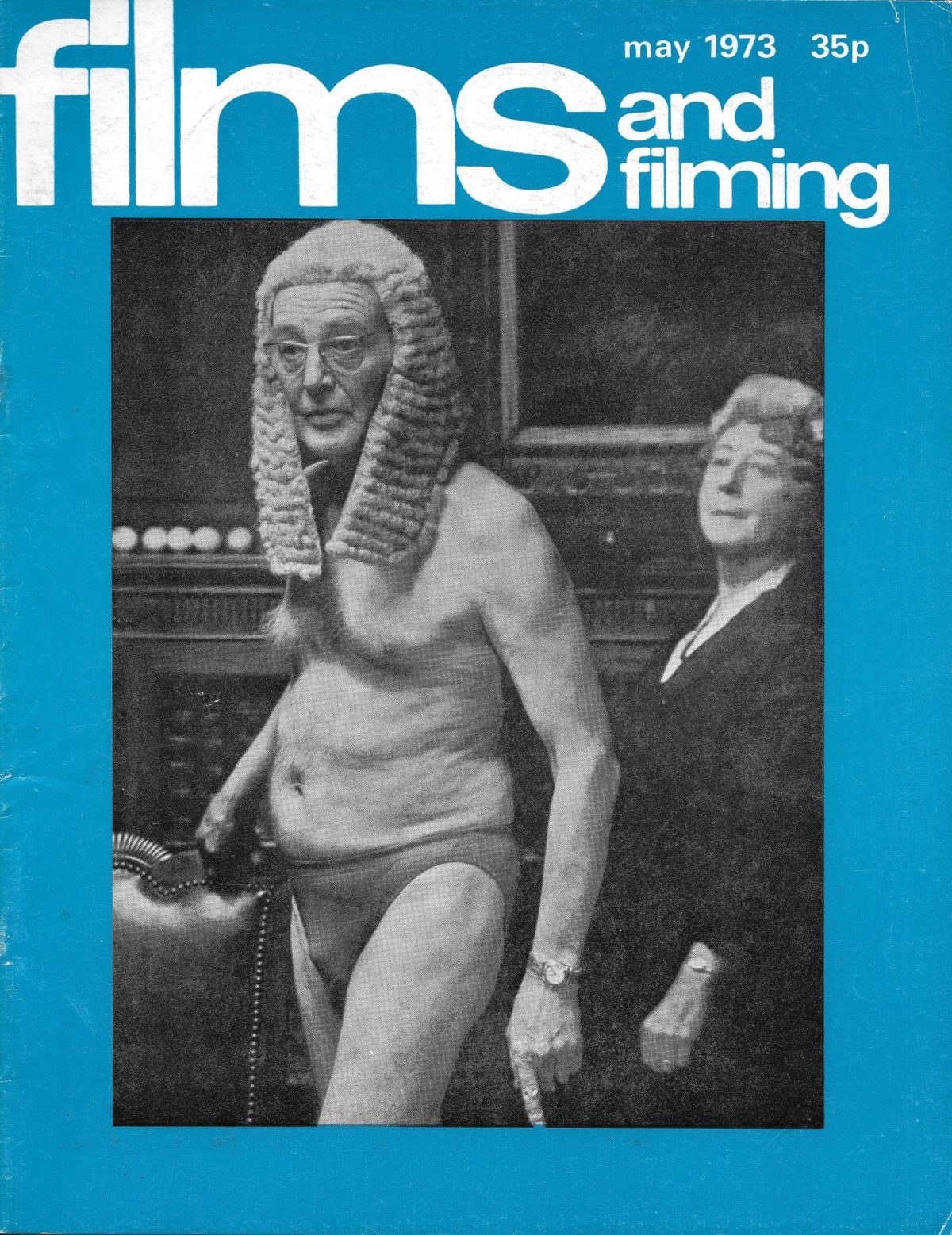
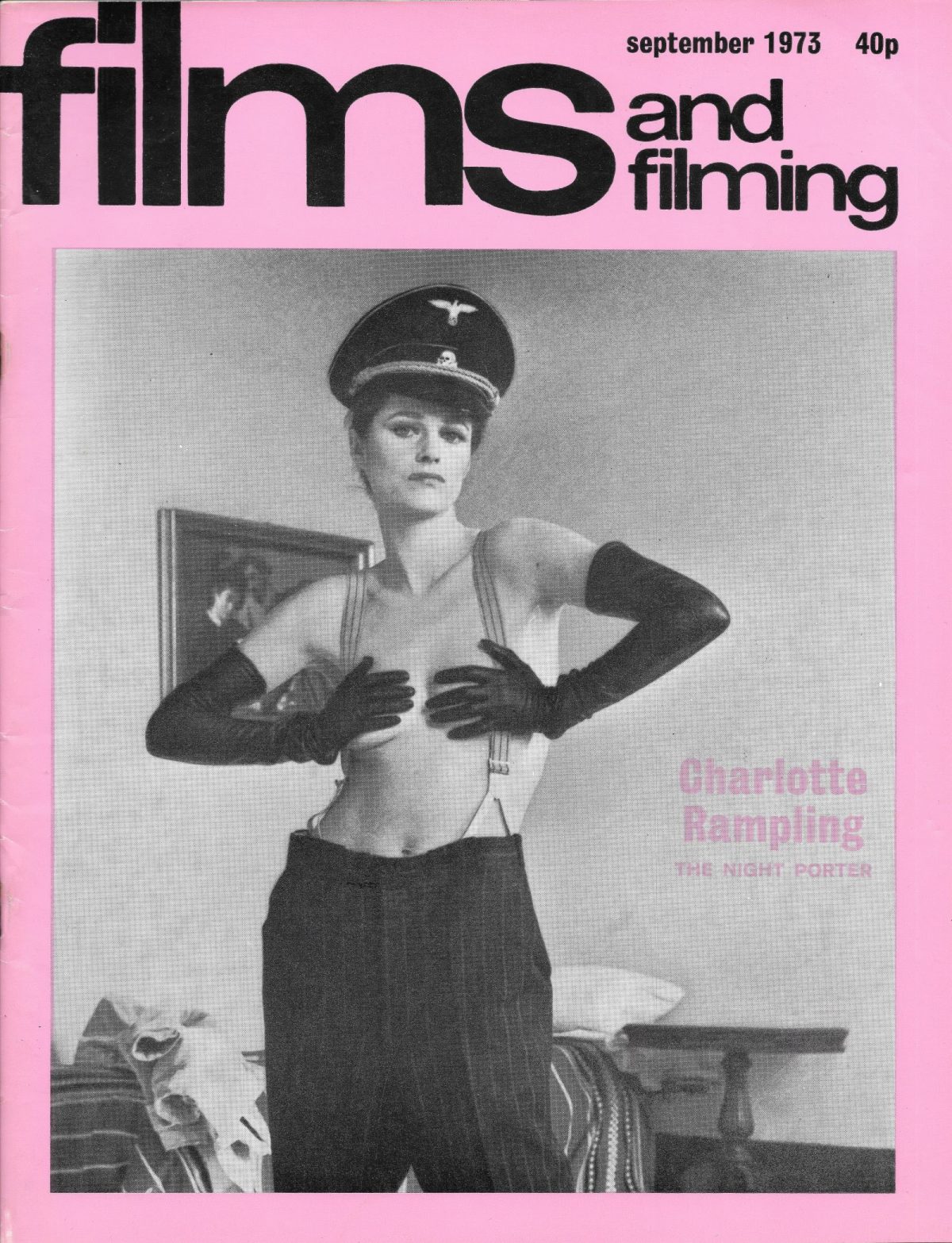
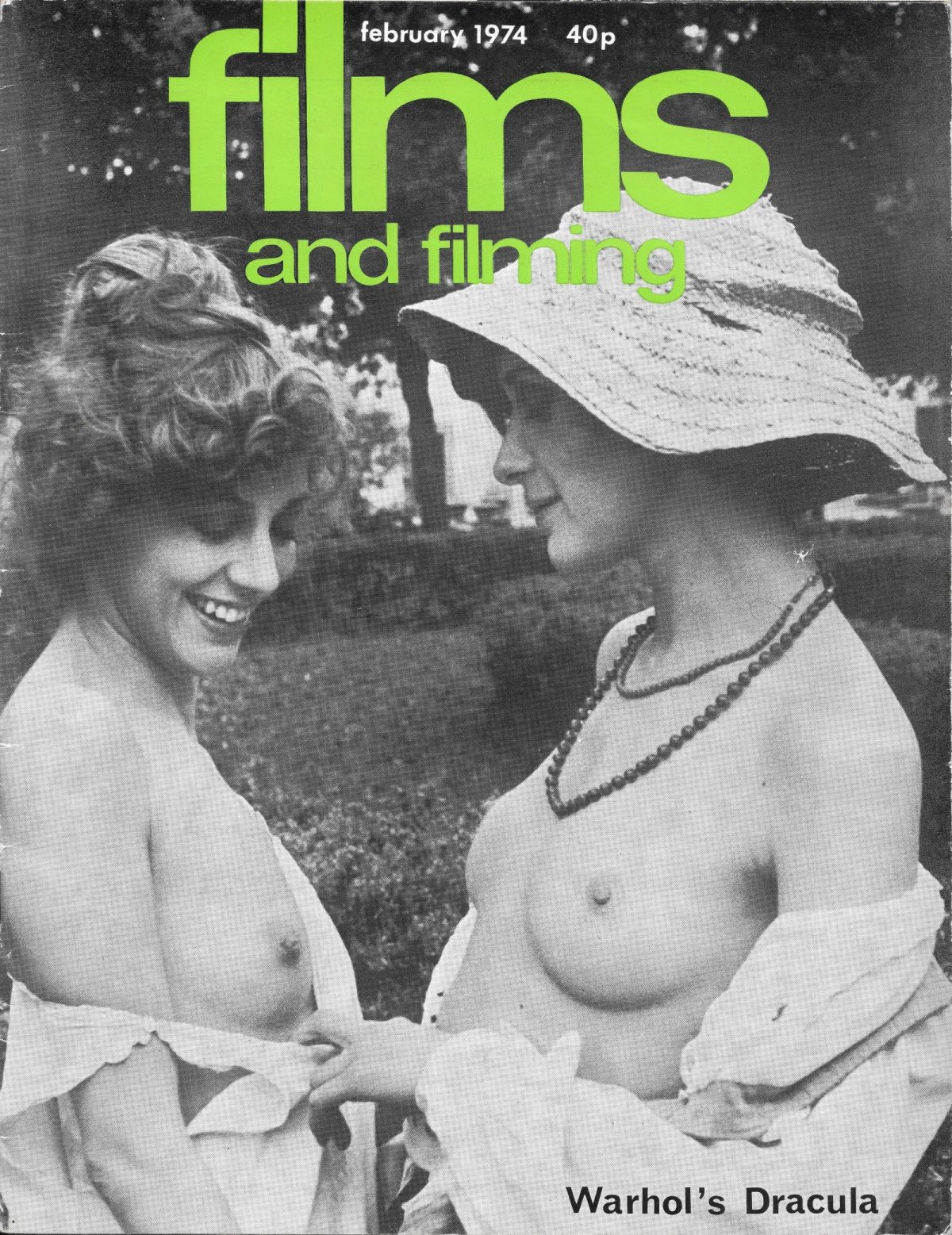
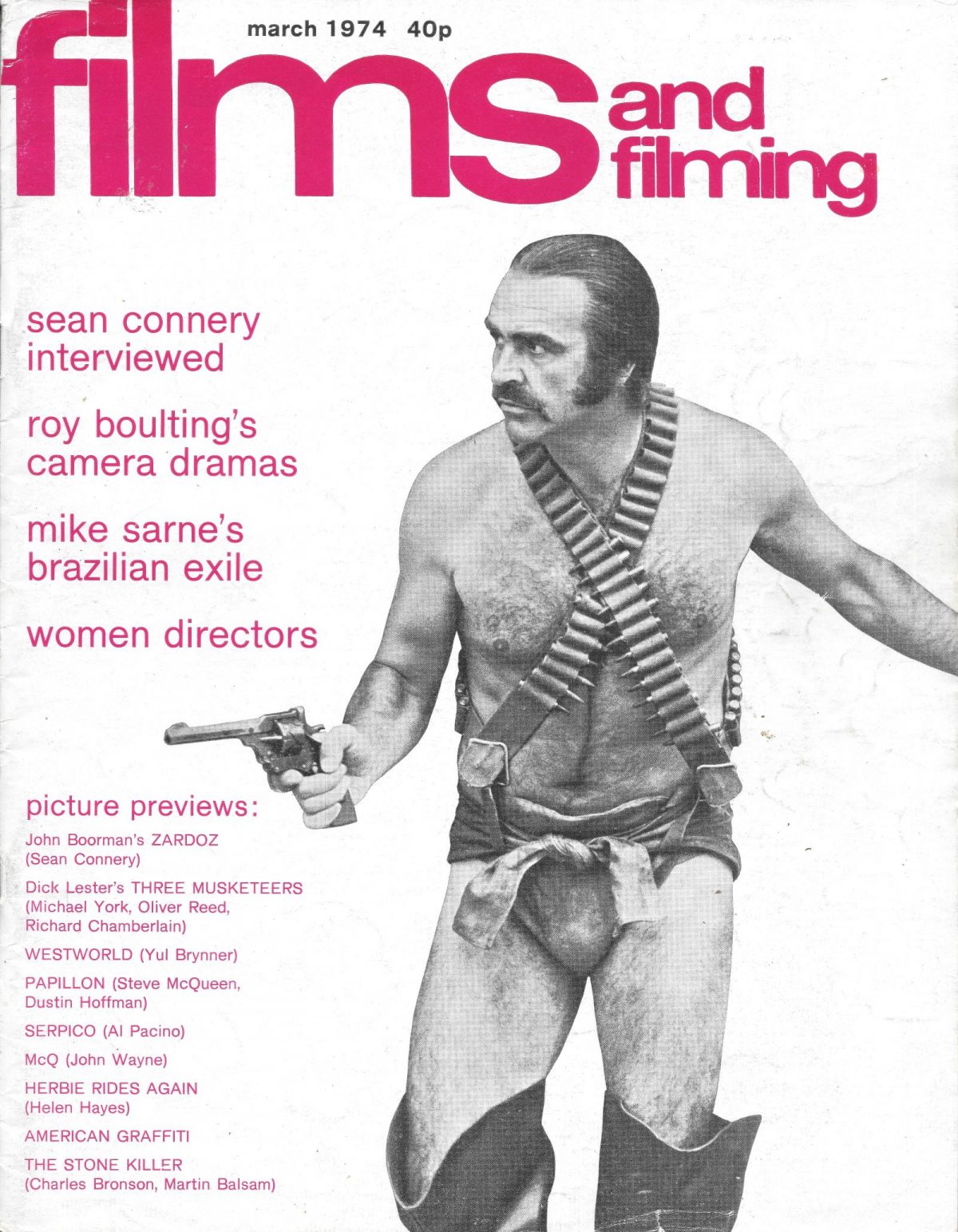
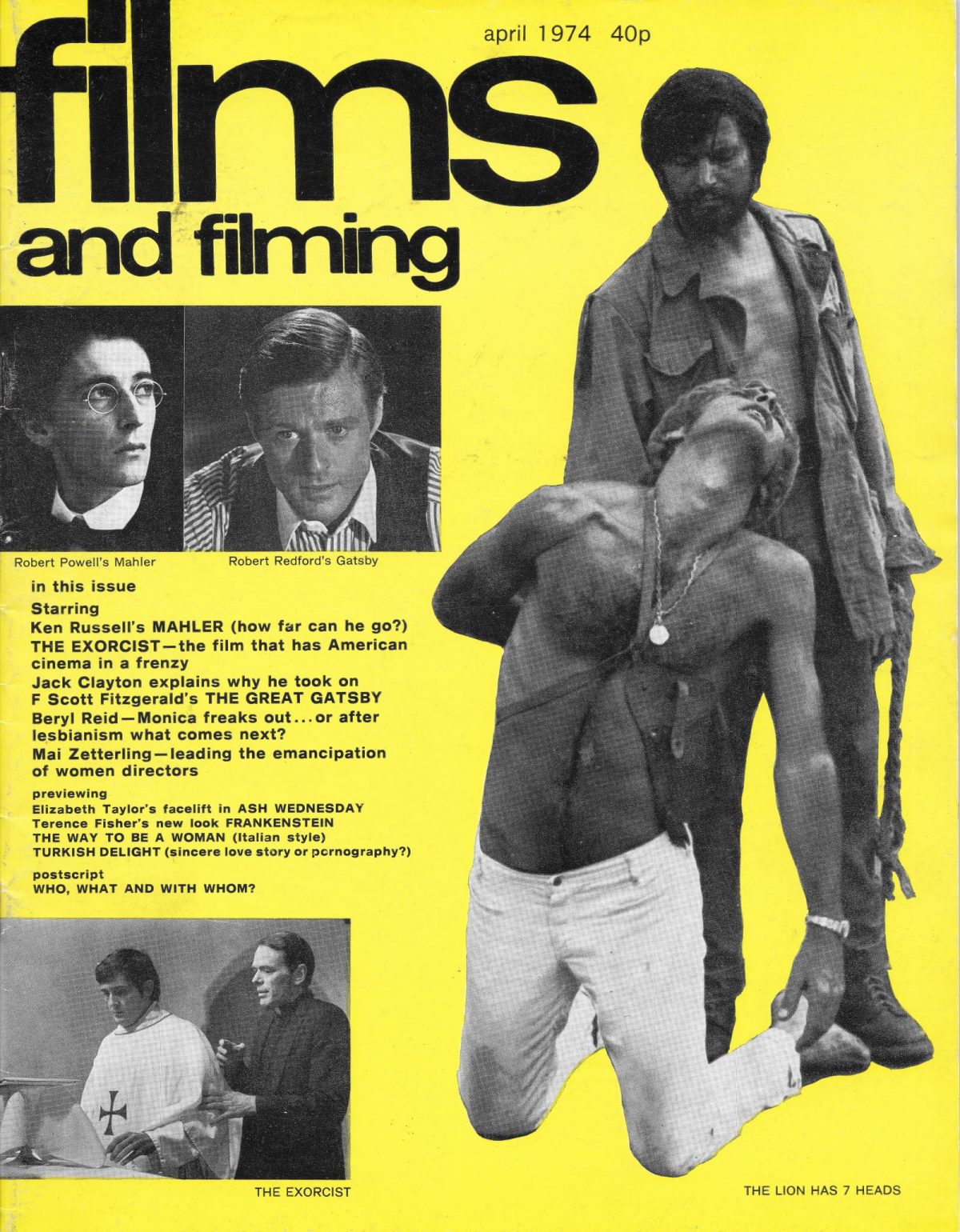
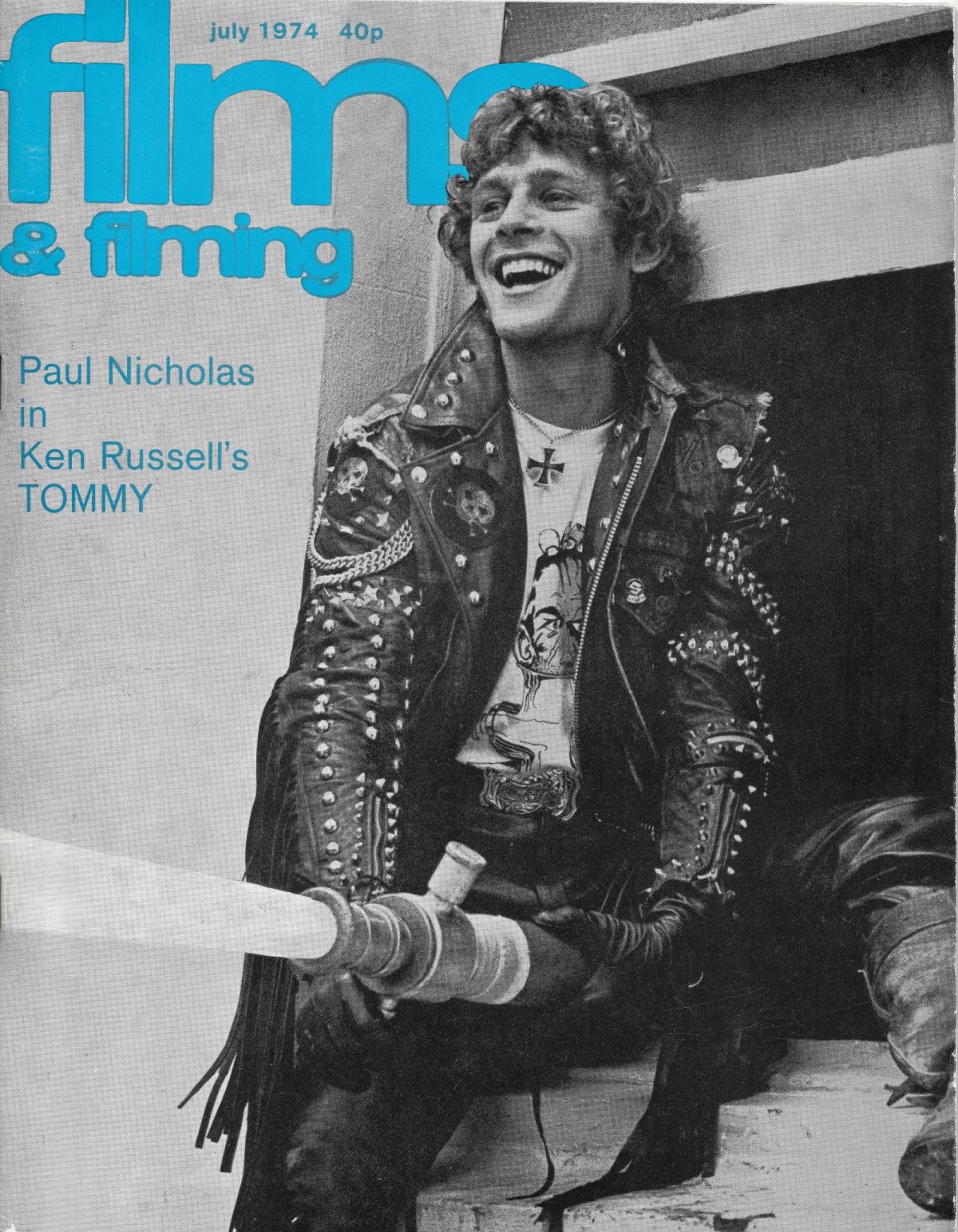
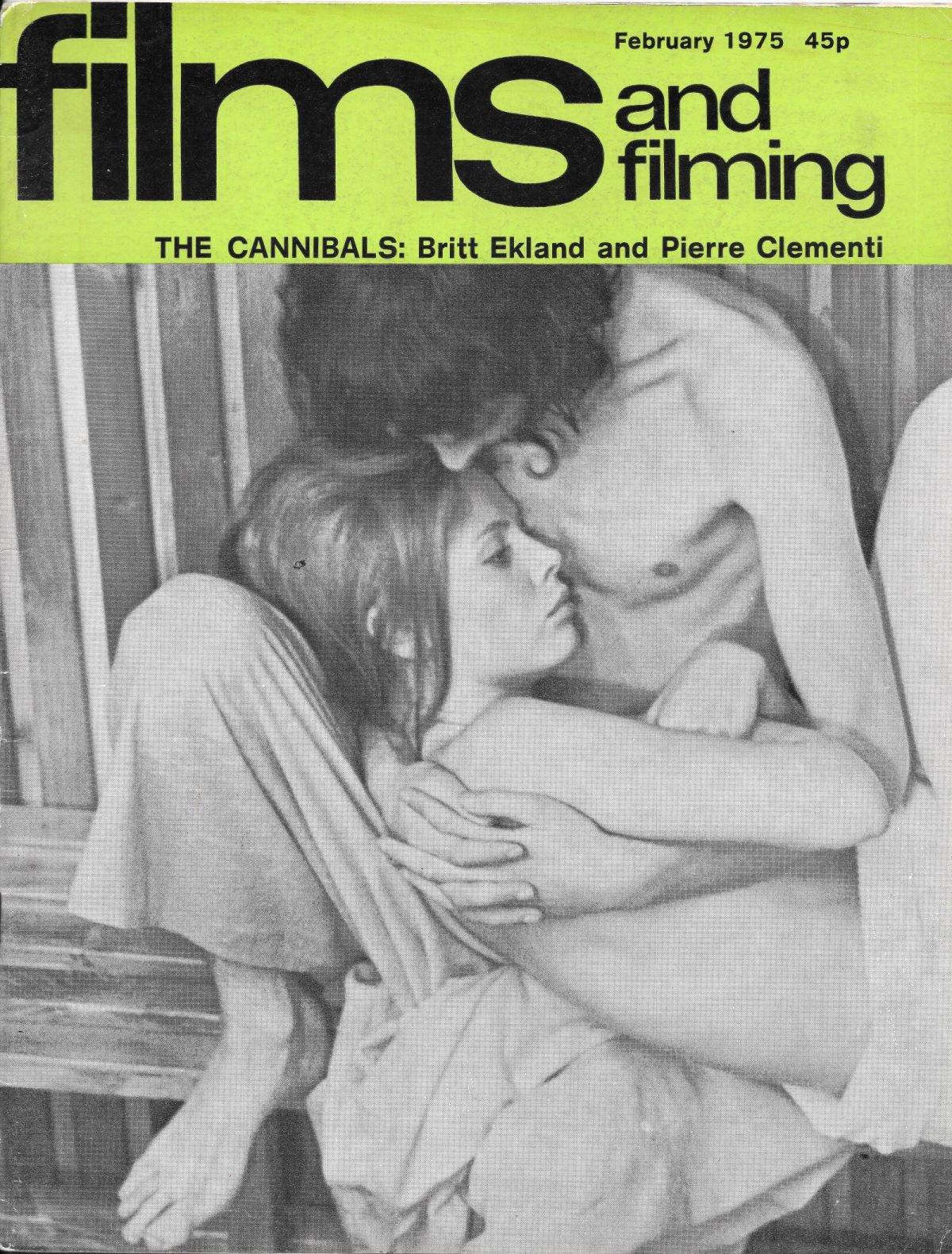
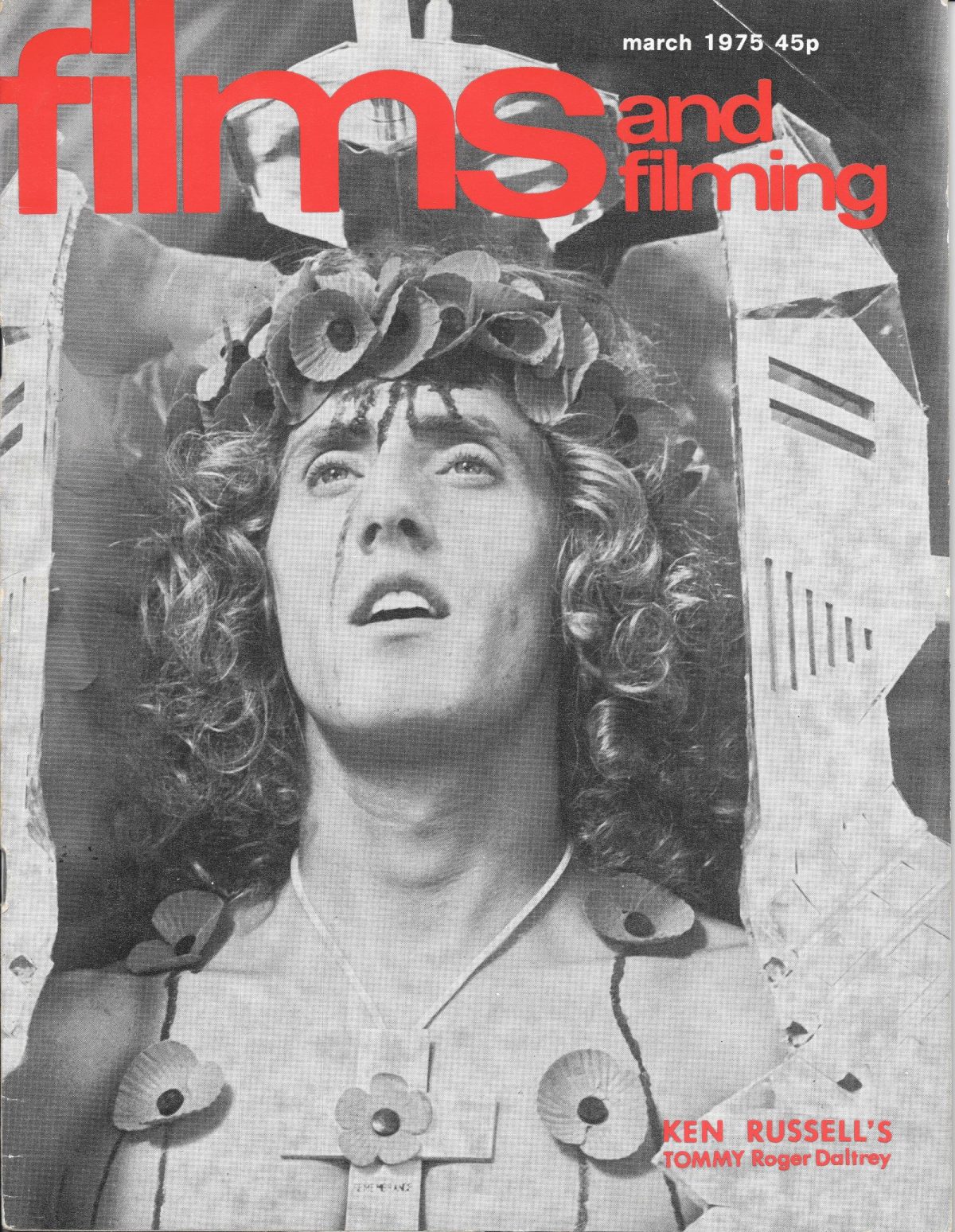
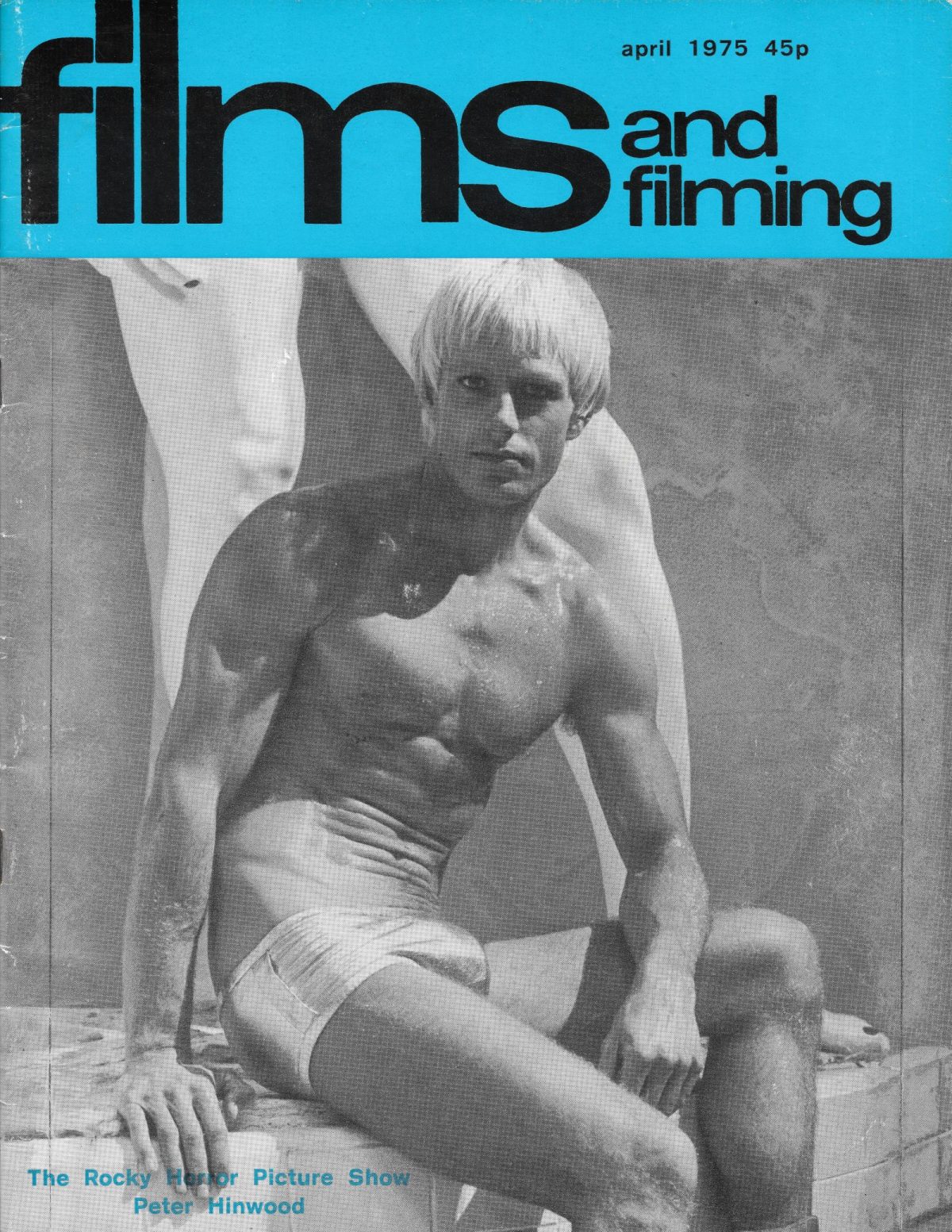
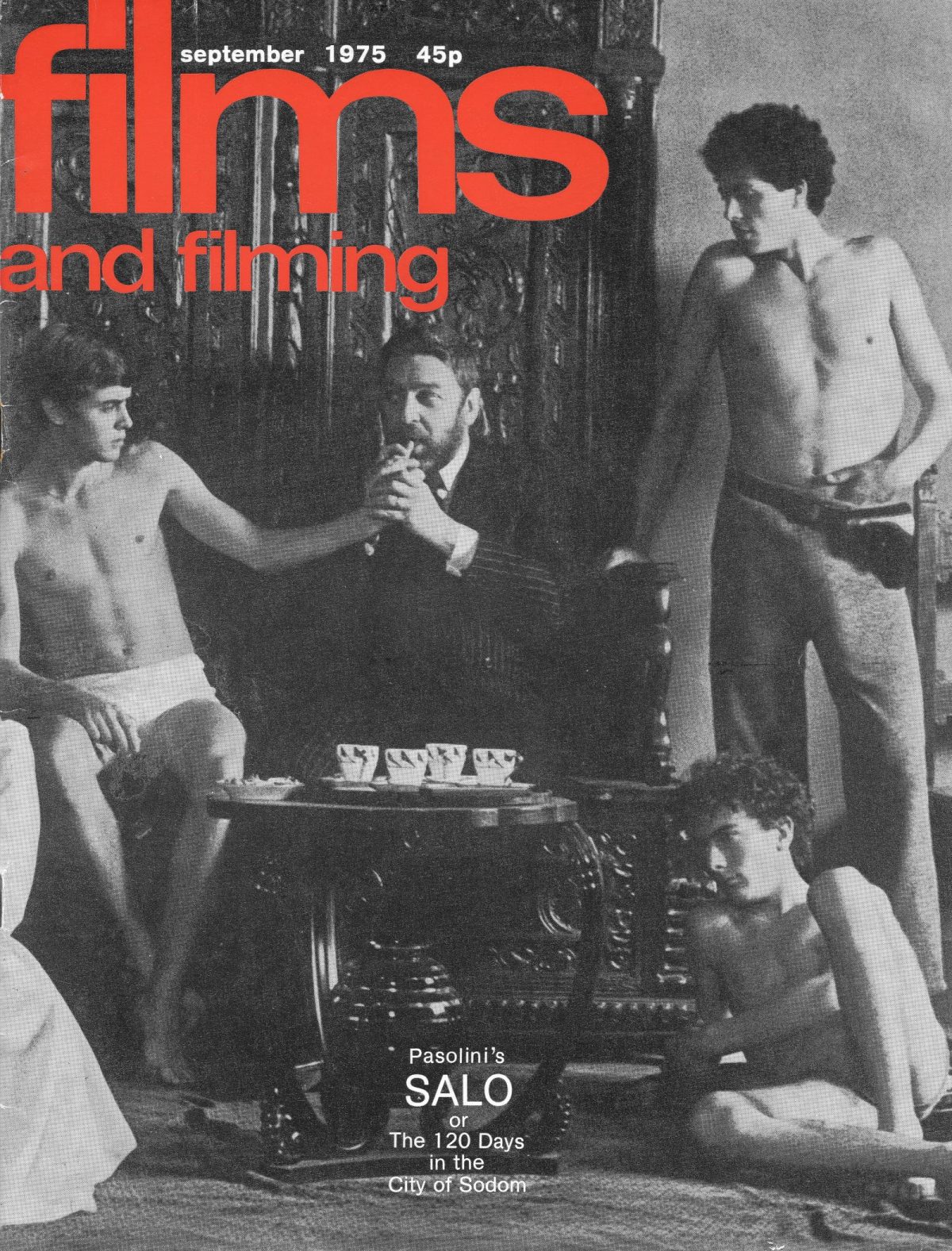
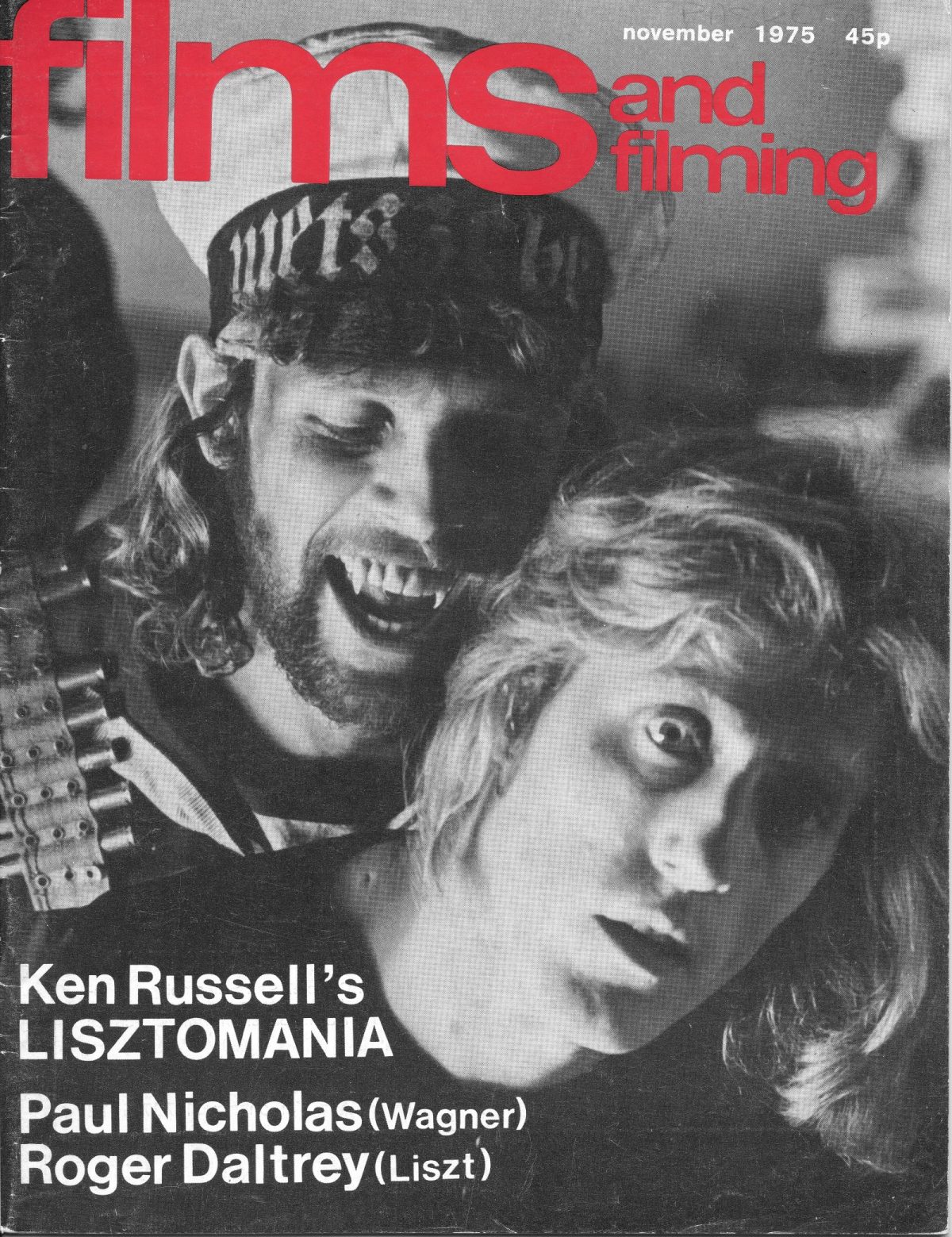
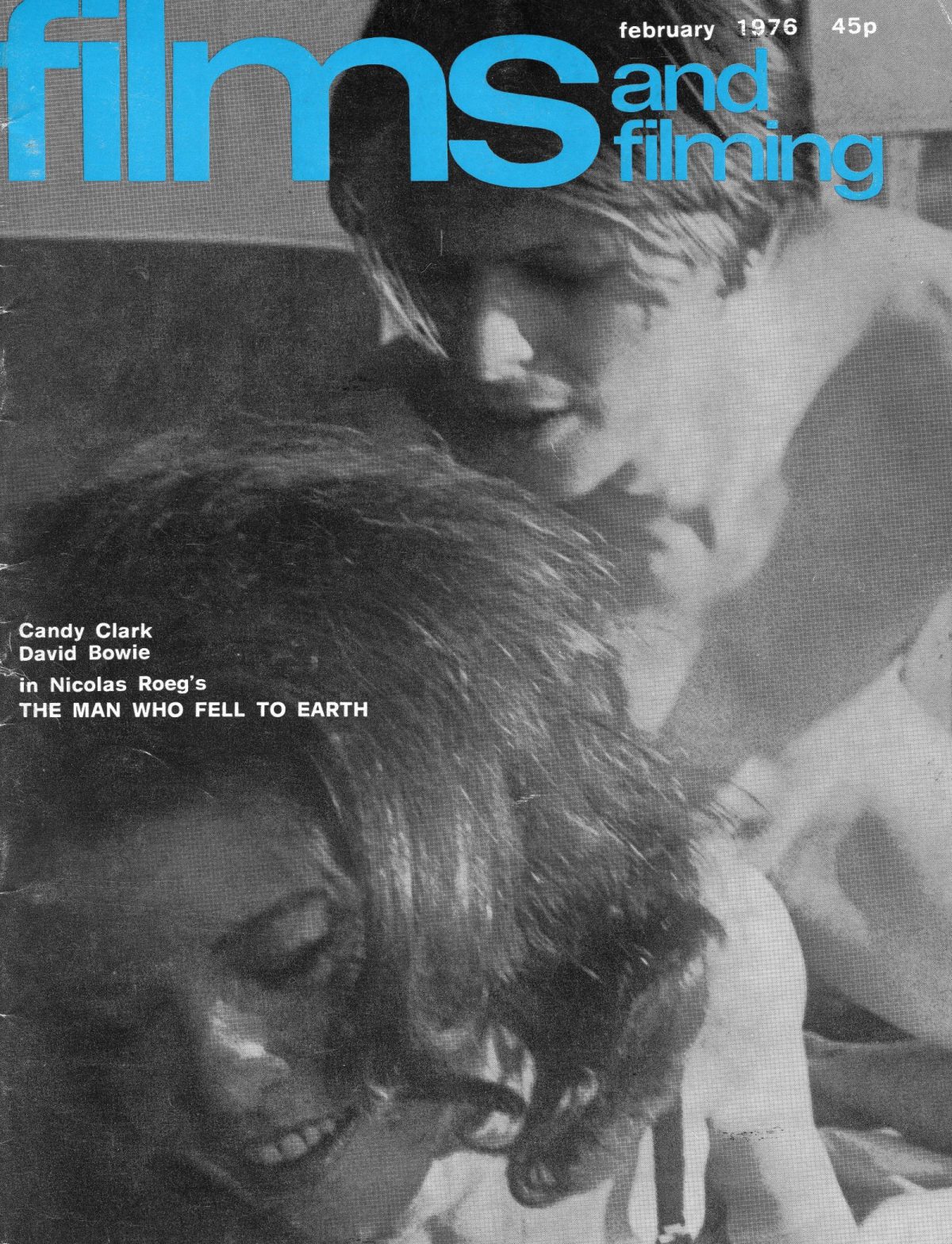
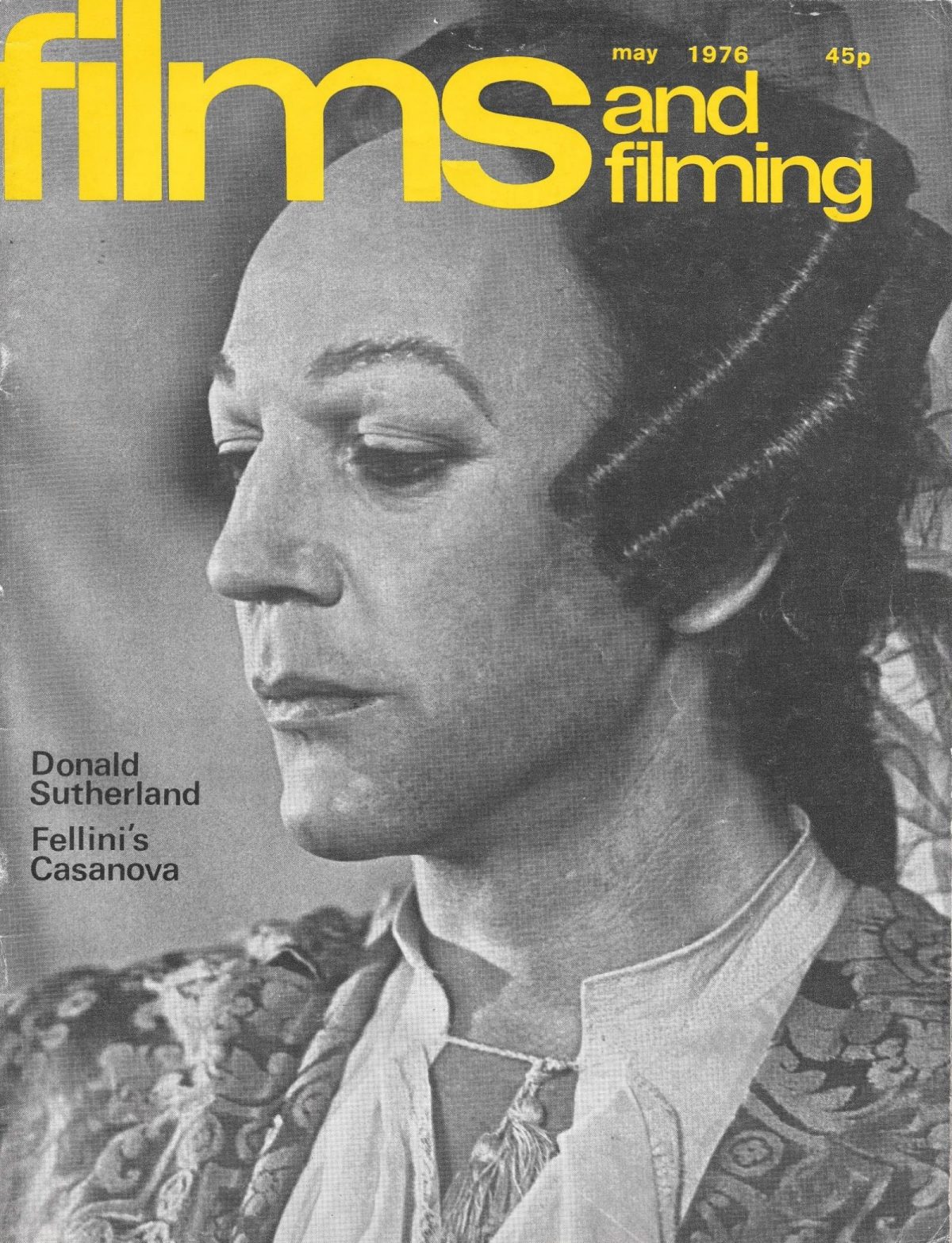
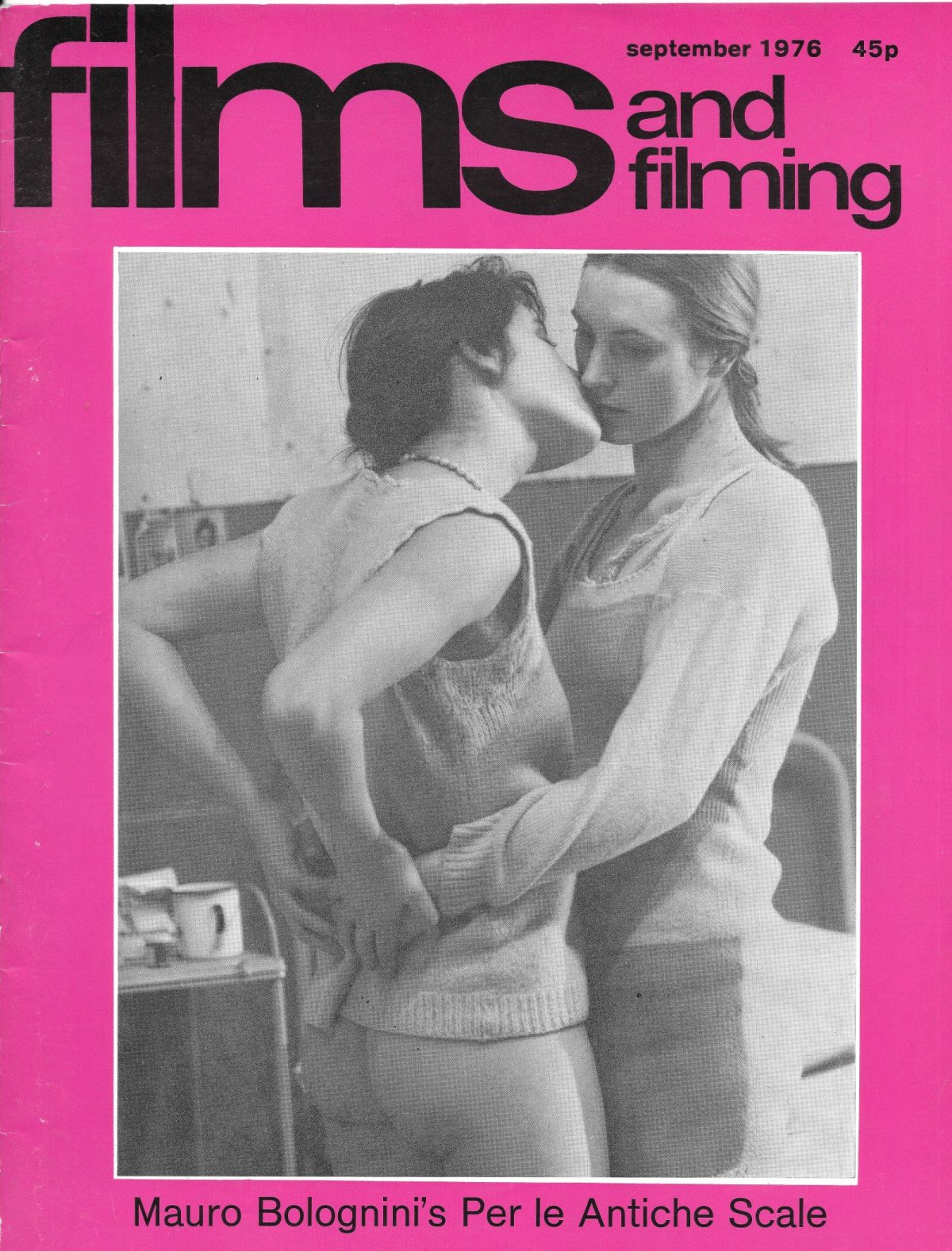
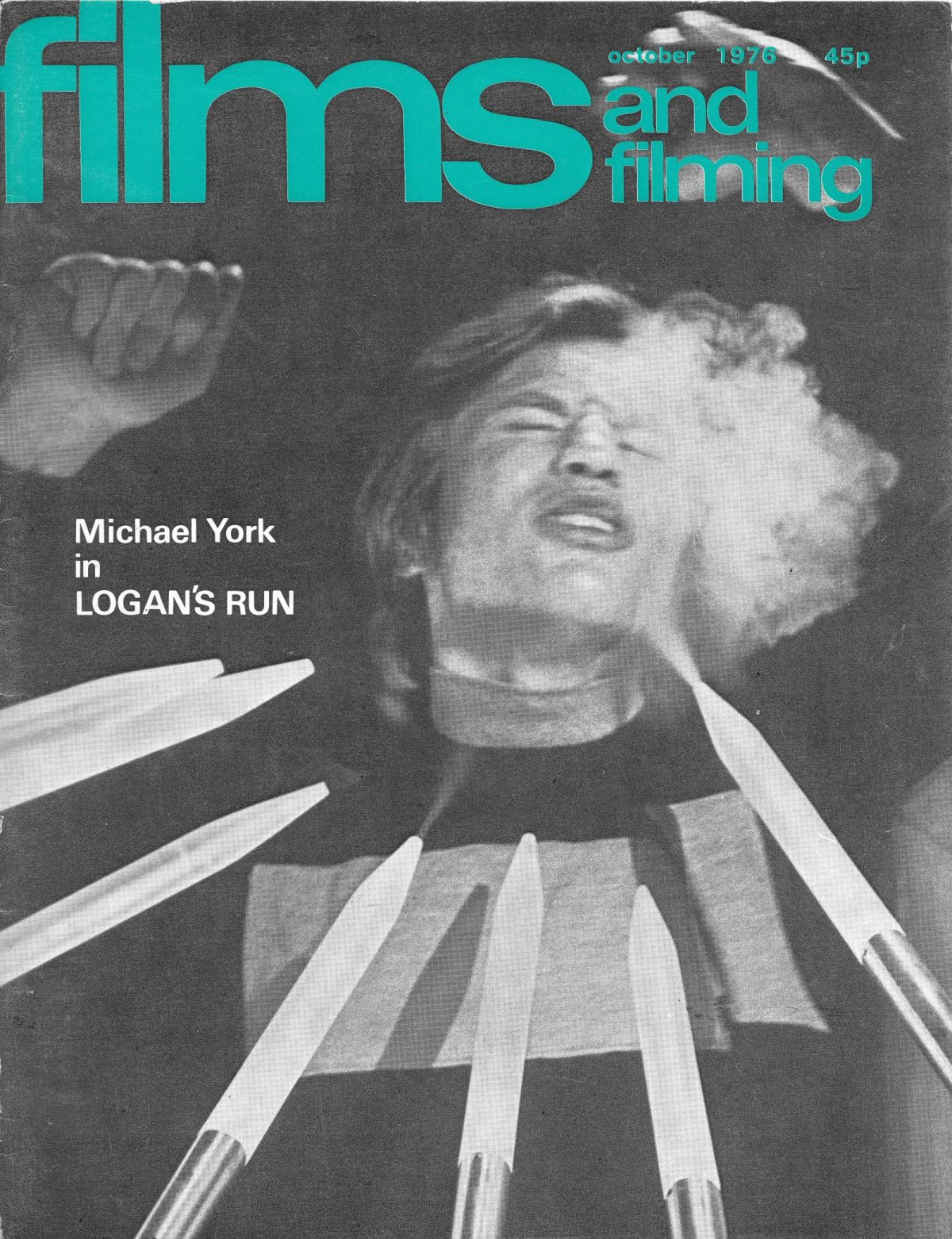
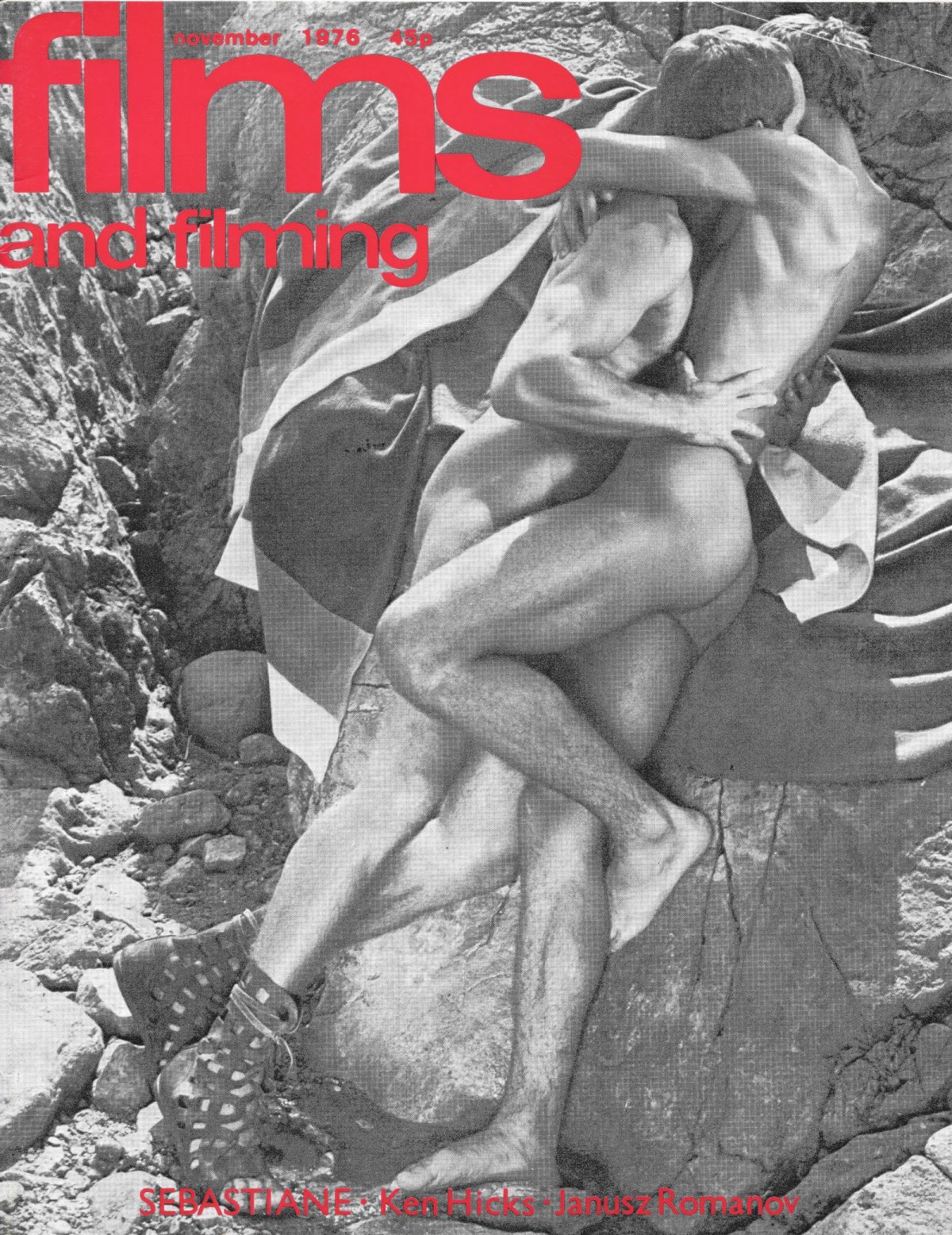
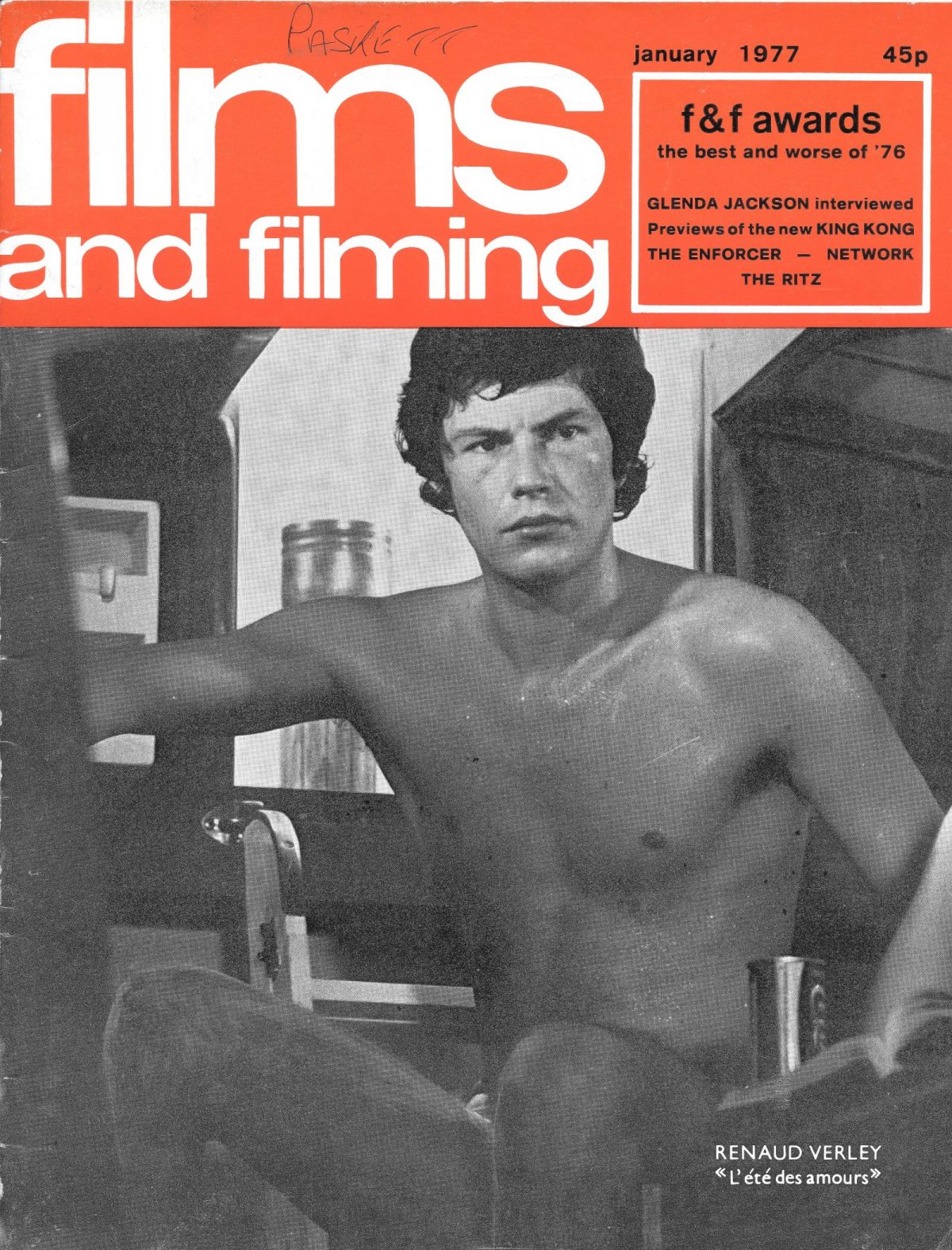
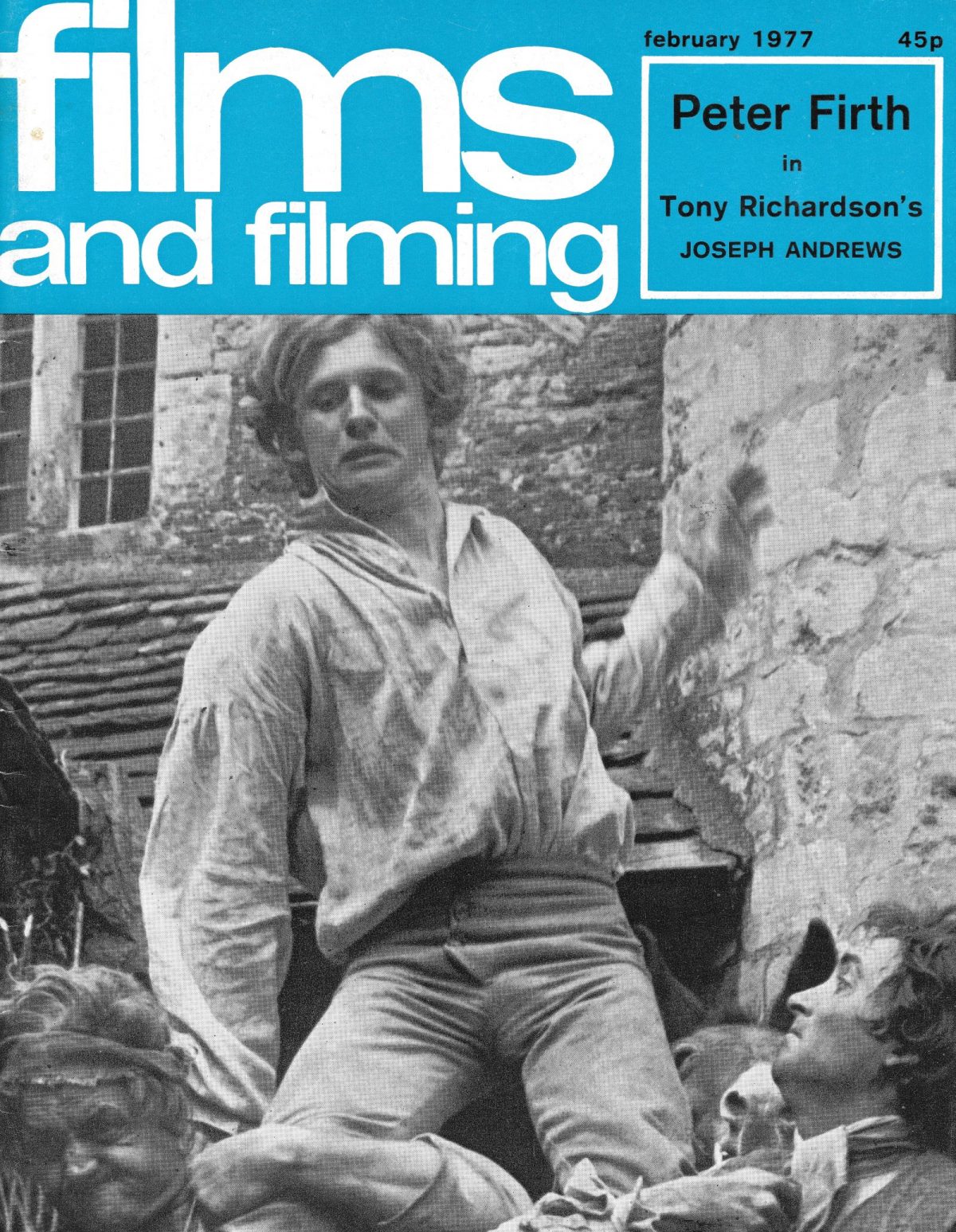
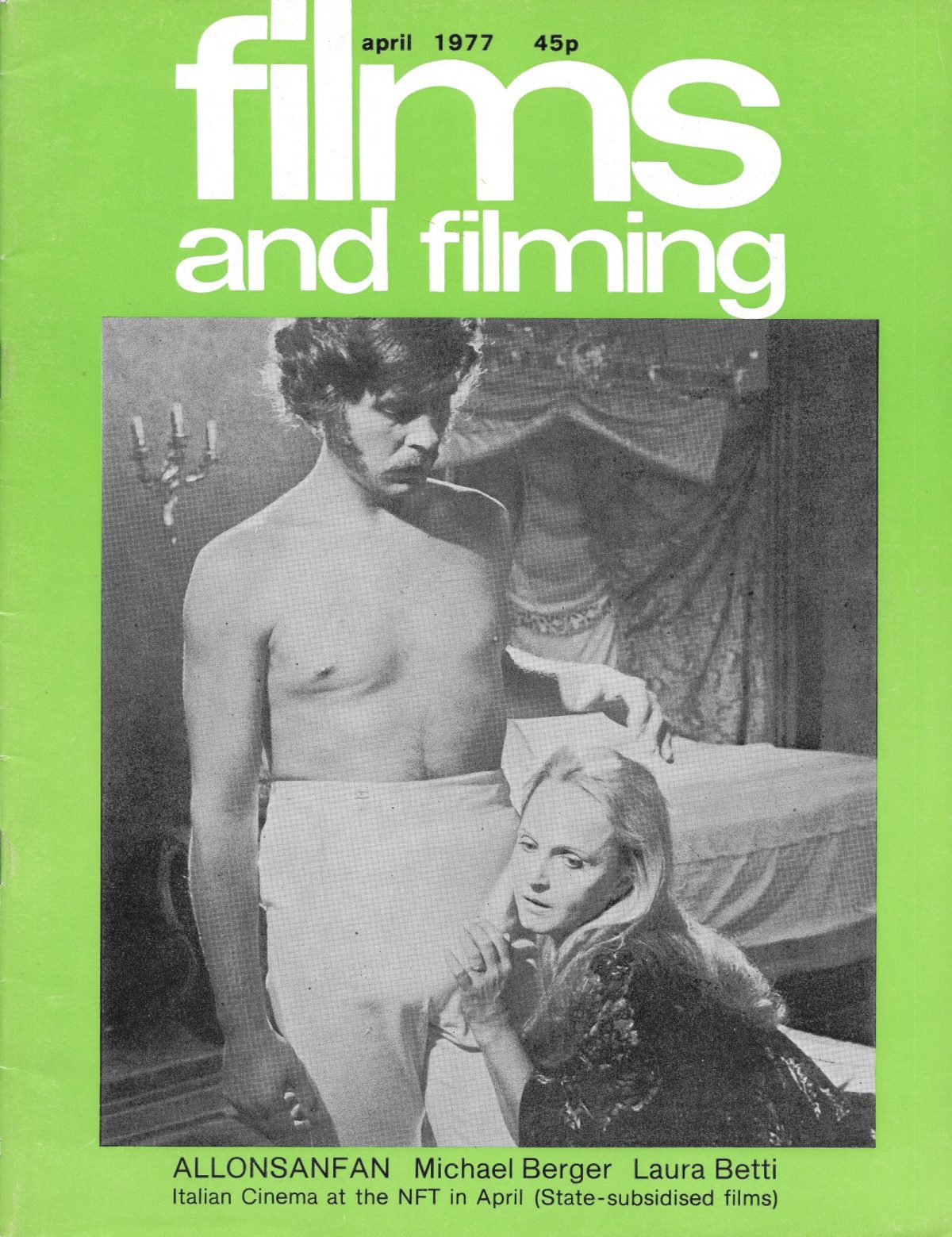
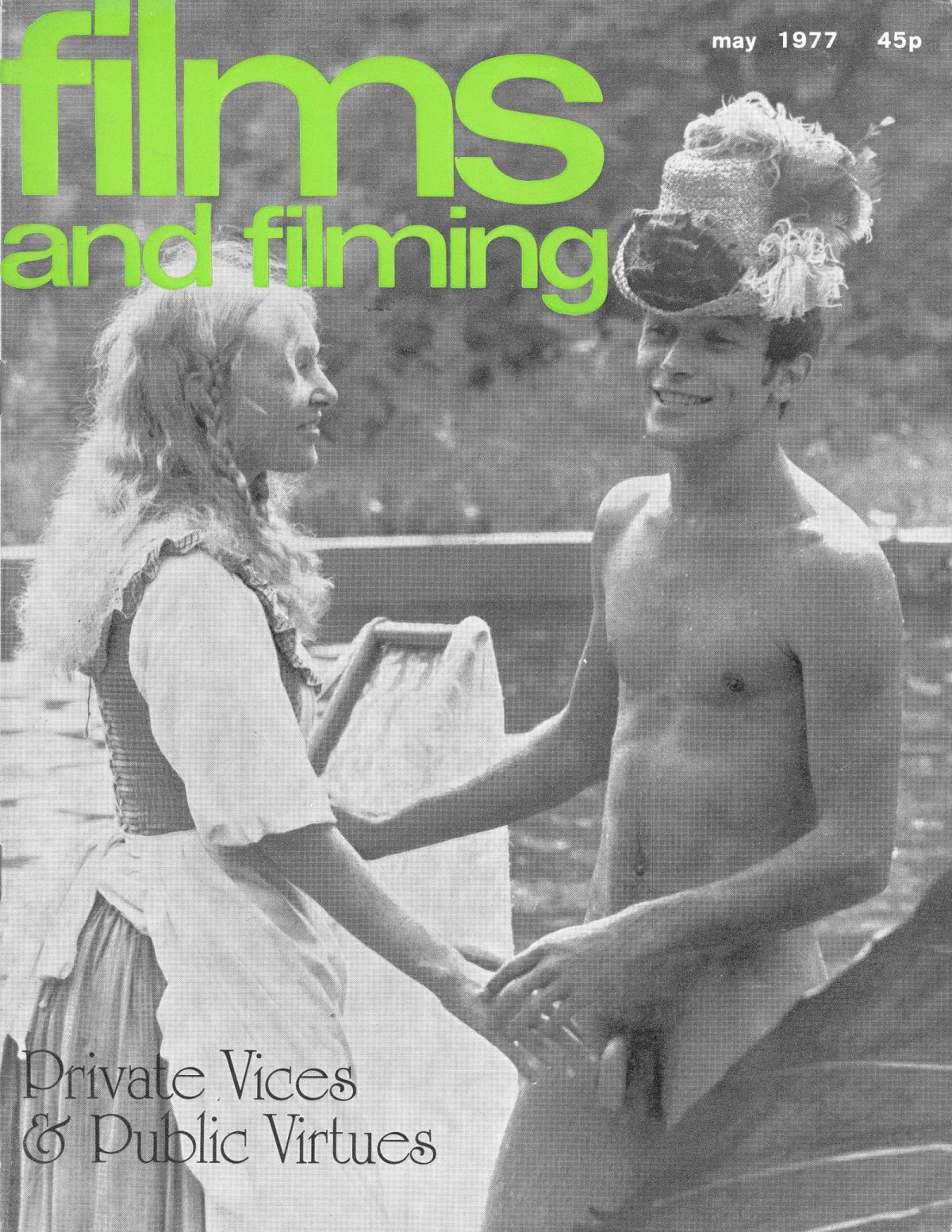
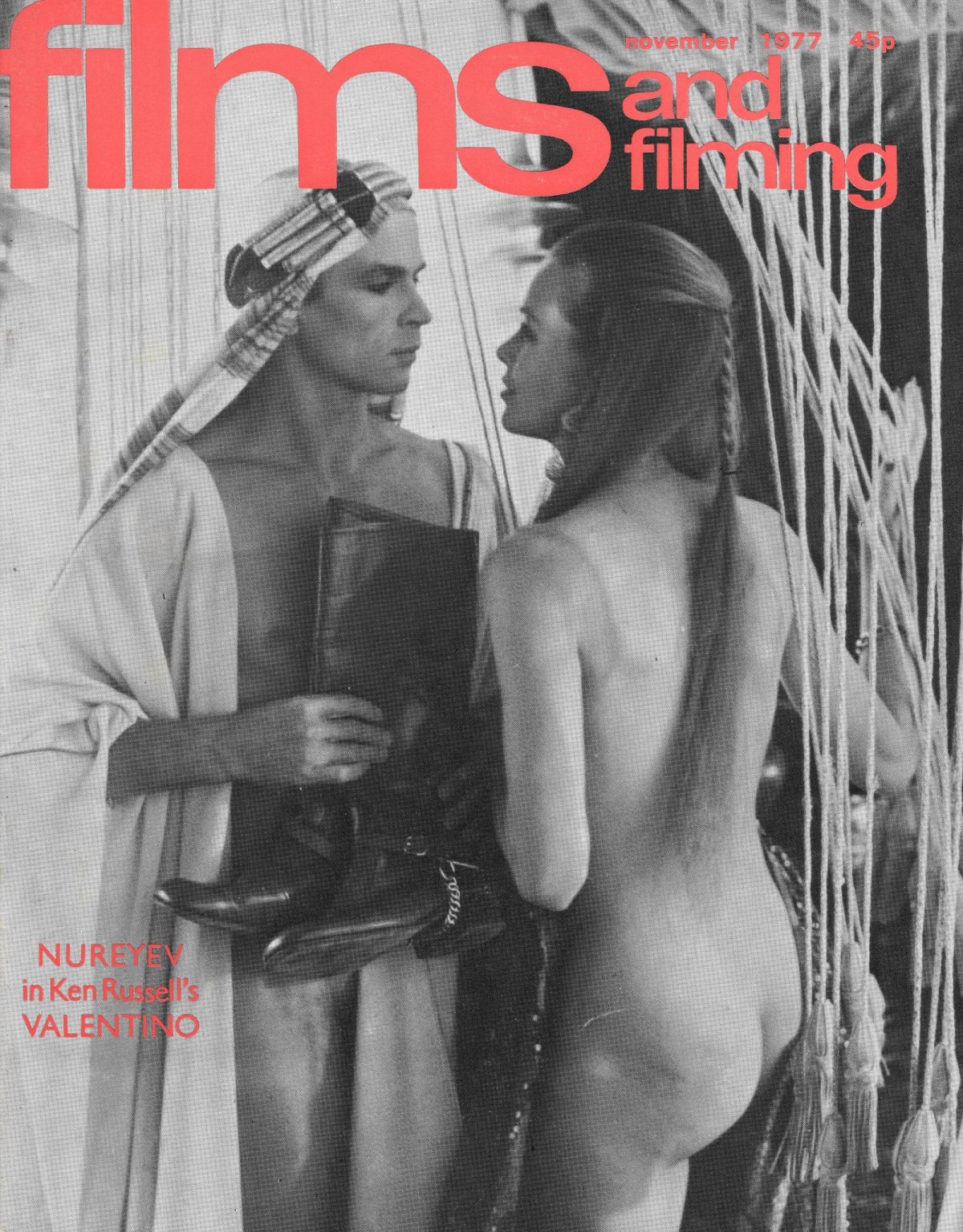

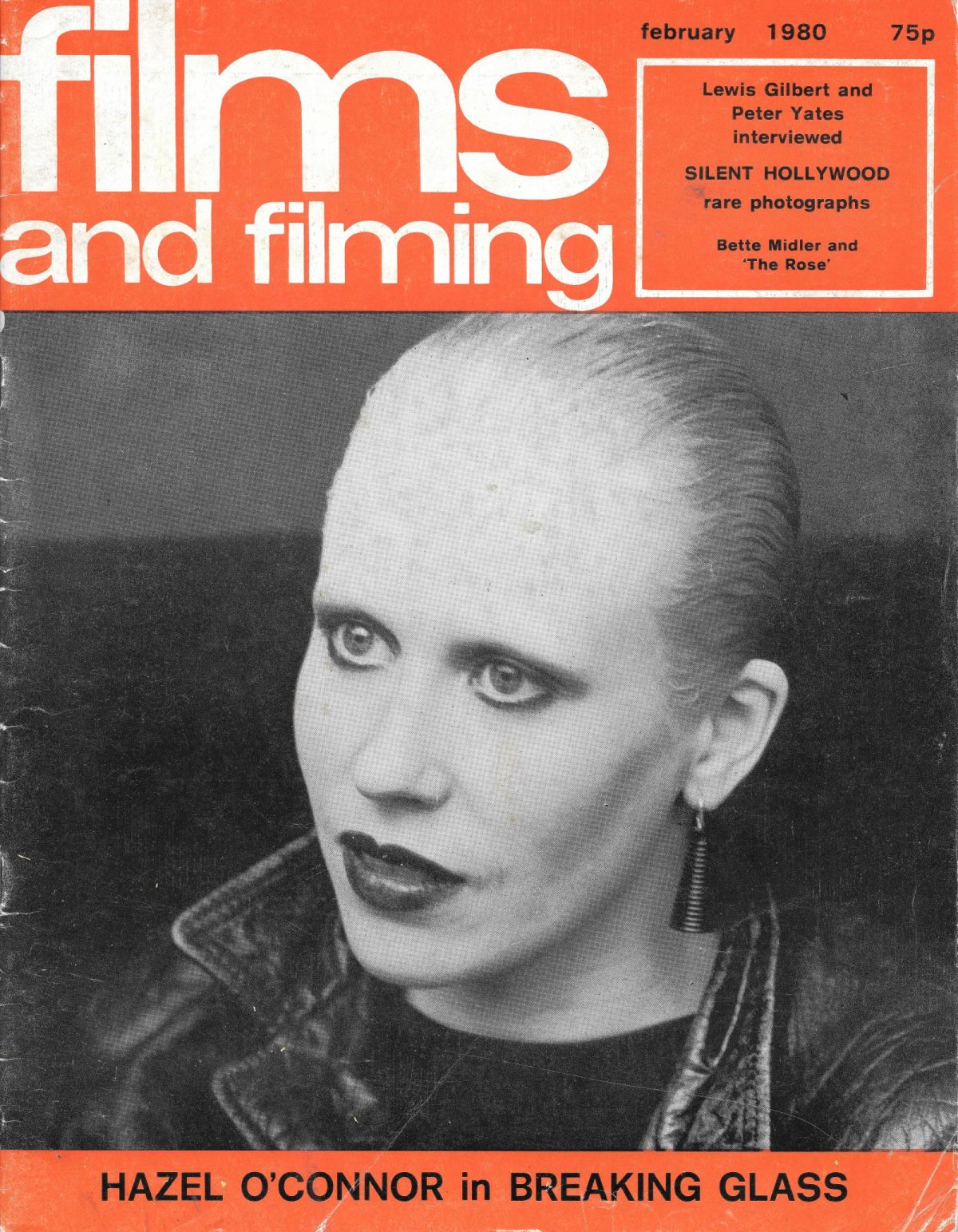

Would you like to support Flashbak?
Please consider making a donation to our site. We don't want to rely on ads to bring you the best of visual culture. You can also support us by signing up to our Mailing List. And you can also follow us on Facebook, Instagram and Twitter. For great art and culture delivered to your door, visit our shop.

